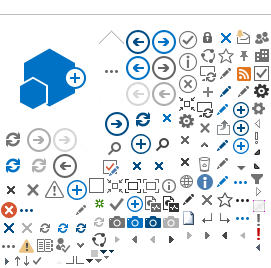What is
Cryptosporidium?
Cryptosporidium is a microorganism found in water that can cause diarrhoeal disease. The most common symptoms are watery diarrhoea and stomach cramps. Other symptoms may include fever, nausea, vomiting and loss of appetite.
Symptoms may last days to weeks. People with a weak immune system may have more severe symptoms that can last for months.
Livestock such as cows and sheep, and sewage can be sources of
Cryptosporidium that can infect humans.
Why is
Cryptosporidium important for drinking water supplies?
Cryptosporidium is not controlled by normal doses of chlorine used to treat drinking water. A
high standard of filtration or alternative disinfection, such as ultraviolet light, is needed to control
Cryptosporidium.
What are health-based targets?
Microbial health-based targets provide an assessment of the microbial safety of drinking water, including
Cryptosporidium. The
Australian Drinking Water Guidelines now include guidance on these targets.
How do health-based targets relate to drinking water management systems?
Water utilities in NSW are required to implement a
drinking water management system that is consistent with the Framework for Managing Drinking Water Quality in the
Australian Drinking Water Guidelines. Health-based targets form a small component of the Framework. These targets help inform the appropriate treatment for different water supplies and should be used to prioritise improvements to drinking water safety.
How will health-based targets be implemented?
NSW Health and the NSW
Department of Climate Change, Energy, the Environment and Water (DCCEEW) have developed an implementation plan for the incorporation of health-based targets in regional NSW. The implementation is based on the NSW Health
Cryptosporidium risk assessment. Implementation will take time, particularly if new treatment processes need to be built.
What is the NSW Health
Cryptosporidium risk assessment?
The risk assessment prioritises systems that need the most improvement to meet the
Cryptosporidium health-based target. The risk assessment uses a quantitative microbial risk assessment (QMRA) model. The
model uses the potential
Cryptosporidium sources in the catchment and the existing treatment to assess if the level of treatment is appropriate.
How are the results used?
The preliminary results of the model have been shared with each local water utility and NSW DCCEEW. NSW DCCEEW is funding upgrades or additional treatment through the
NSW Government Safe and Secure Water Program, based on the priority of the system. Local water utilities may also plan for upgrades or additional treatment based on the risk assessment. Local water utilities should contact their local Public Health Unit if they have questions.
Further information
